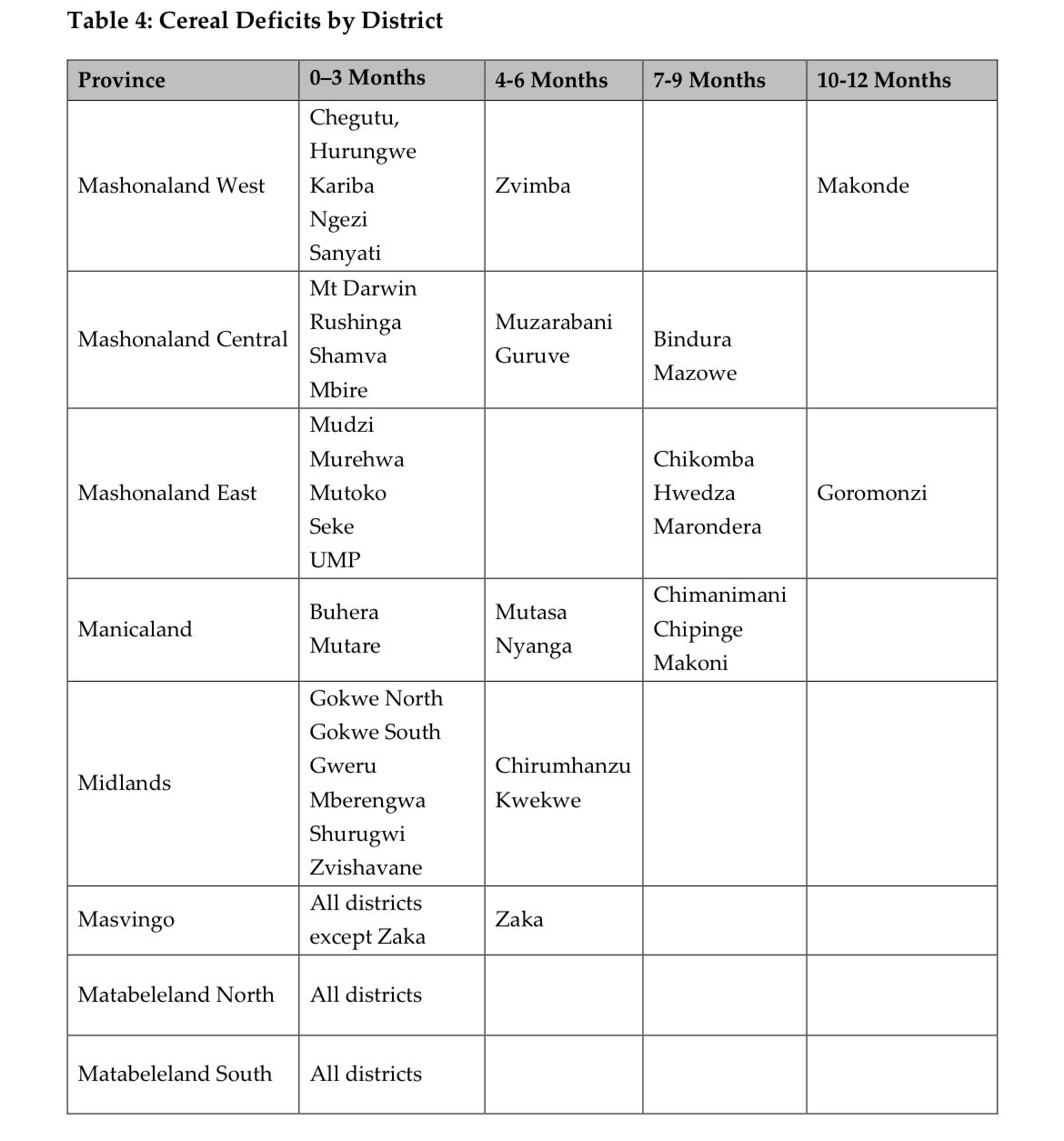
HARARE – Zimbabwe is bracing for a significant decline in corn output this year, with estimates showing a staggering 72% drop, marking the nation’s worst drought in four decades, according to government reports.
The final crop assessment for the 2023-24 season, ending May 31, forecasts corn production at 634,699 tons, a sharp decline from last year’s figures, as reported by Bloomberg and confirmed by the Agriculture Ministry.
Initial projections had anticipated a yield of 868,237 tons.
The government’s Second Round of Crops, Livestock, and Fisheries Assessment report attributes the drastic decline to a dry spell triggered by the El Niño weather phenomenon, marking the latest and driest start to a summer season in 40 years.
Maize production by province

Southern Africa’s agricultural landscape has been severely affected by the adverse weather conditions, with neighboring South Africa experiencing a 20% reduction in its corn crop.
Malawi, Zambia, and Zimbabwe have declared states of national disaster due to crop failures.
In response, according to Bloomberg, Zimbabwean grain millers are planning to import approximately 1.4 million tons of corn by July to mitigate the shortfall.
According to the report, Zimbabwean farmers planted 1.78 million hectares of corn this season, representing a 7% reduction from the target area and a 12% decrease compared to the previous year.
This decline is attributed to adjustments in agricultural practices and a shift towards traditional grains in drier regions.
With Zimbabwe consuming 2.2 million tons of corn annually, primarily for food and livestock feed, the significant drop in production poses serious food security challenges for the nation.
The report also highlights the importance of achieving sovereignty in seed, food, feed, and other essential supplies, emphasizing the need for resilience in the face of continued disruptions in global supply chains and geopolitical developments impacting major input and crop supply regions.

